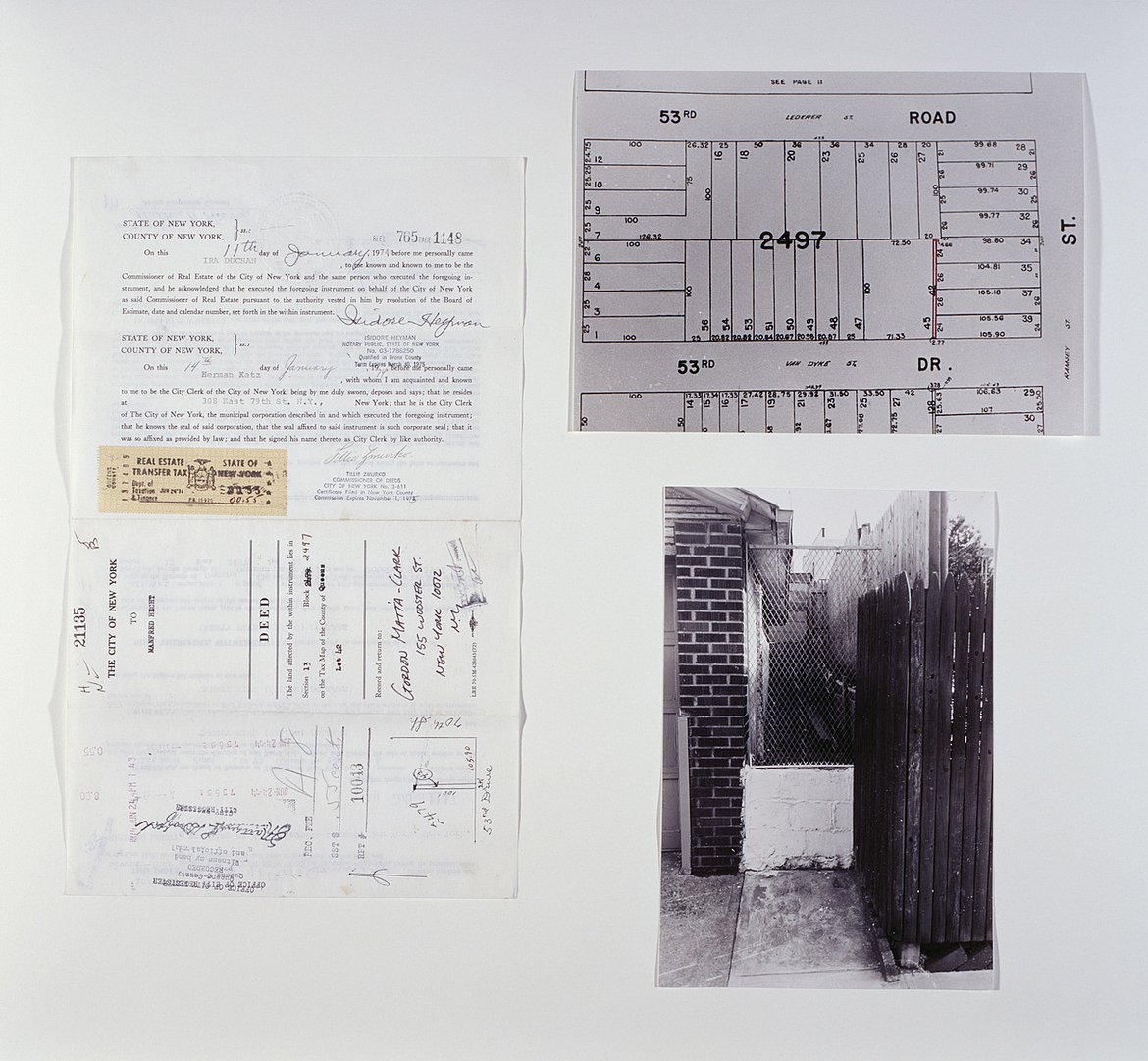TALLER DE ARQUITECTURA 1 SECCIÓN 2
Tomás Tironi + Christian Bartlau
ALUMNOS
Aguilera Cristian
Bacilio Mattias
Campodónico Gian Piero
Chaparro Marcelo
Espinoza María Francisca
Flores Katherine
Muñoz Danae
Navarrete Sara
Oyarzun Javiera
Pedraza Julio
Reyes Cristian
Sánchez Vicente
Sullivan Esteban
Tobar Cristian
Urra Alejandro
Vicencio Rodrigo
“Es lo que se llama (…) el deseo de re-hacer (…) para comprobar qué otra acción podría desarrollarse en un mismo contexto, o por el contrario, cómo se modifica un contexto levemente alterando las acciones”.
Autobiografía Científica, Aldo Rossi, 1981
ANTECEDENTES
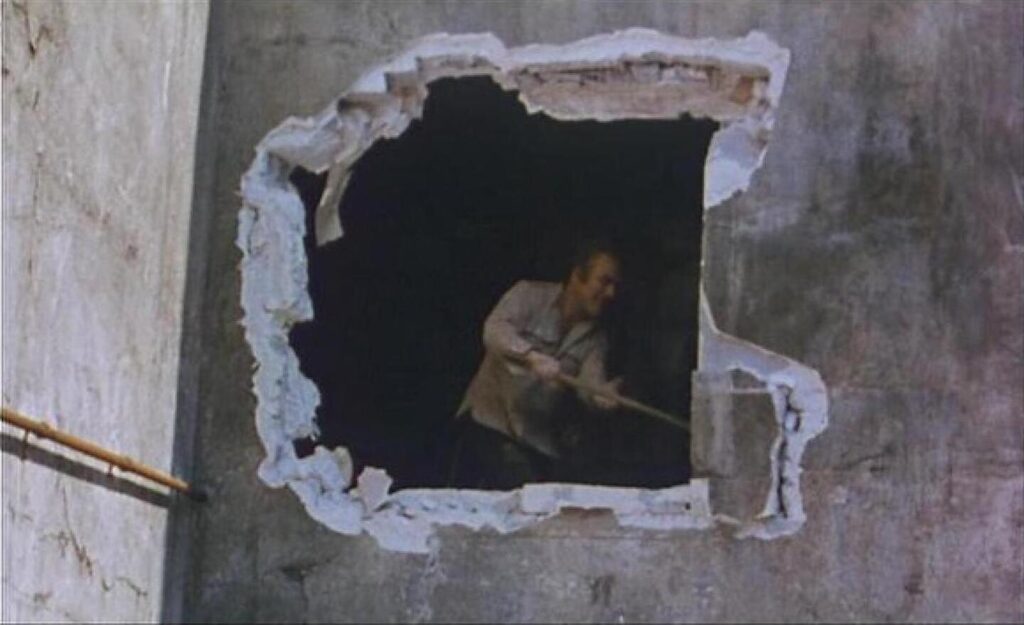
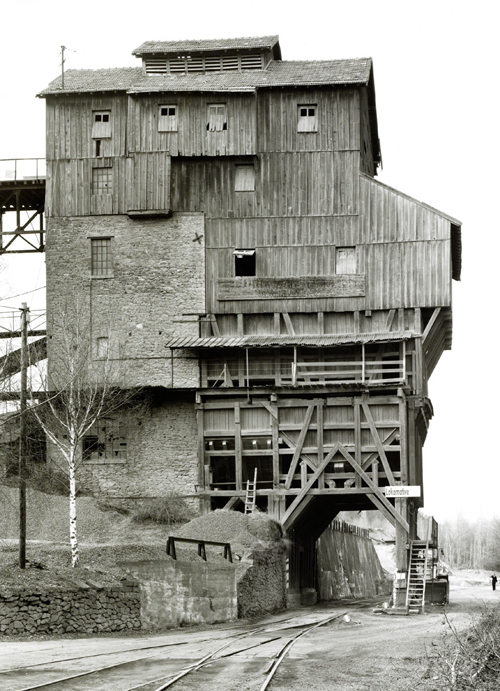
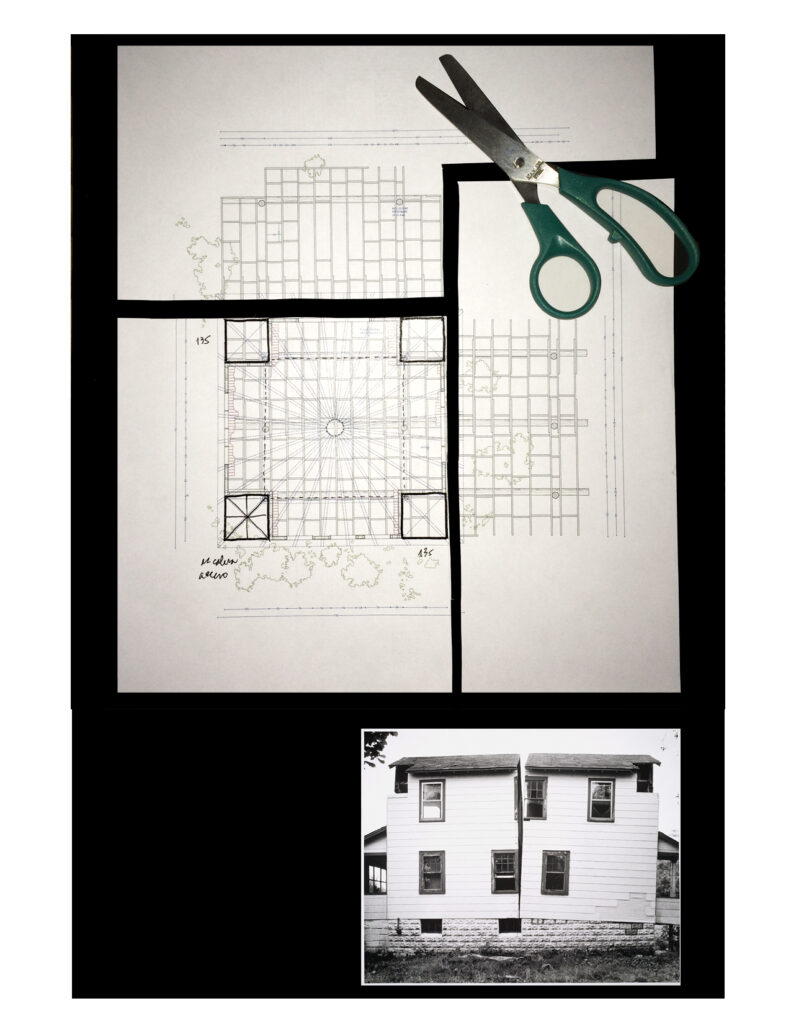
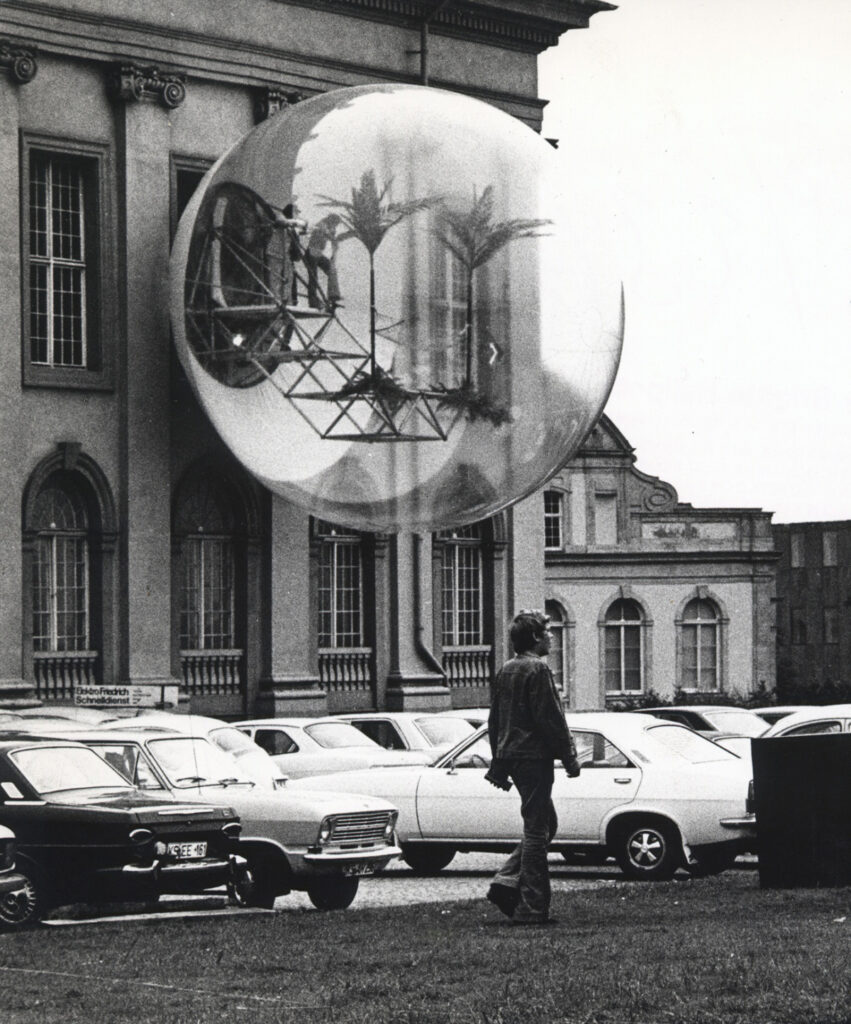
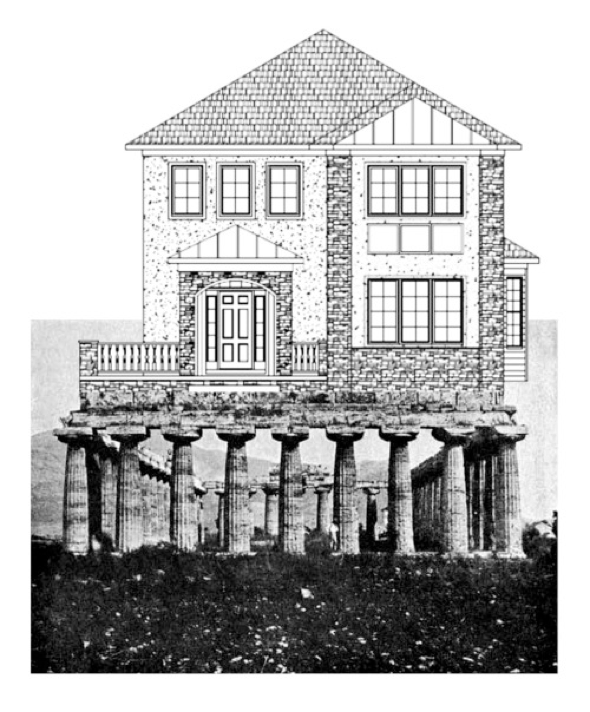
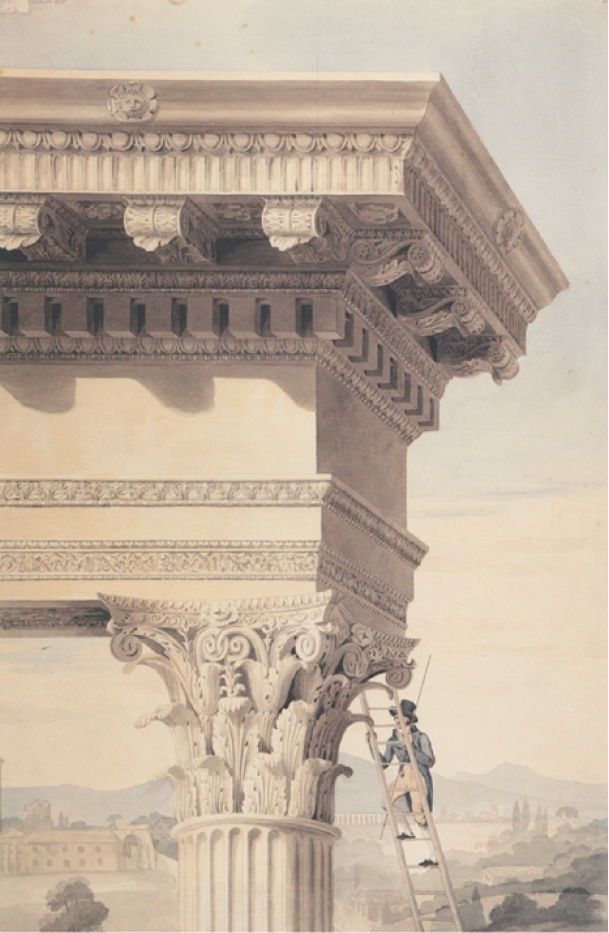

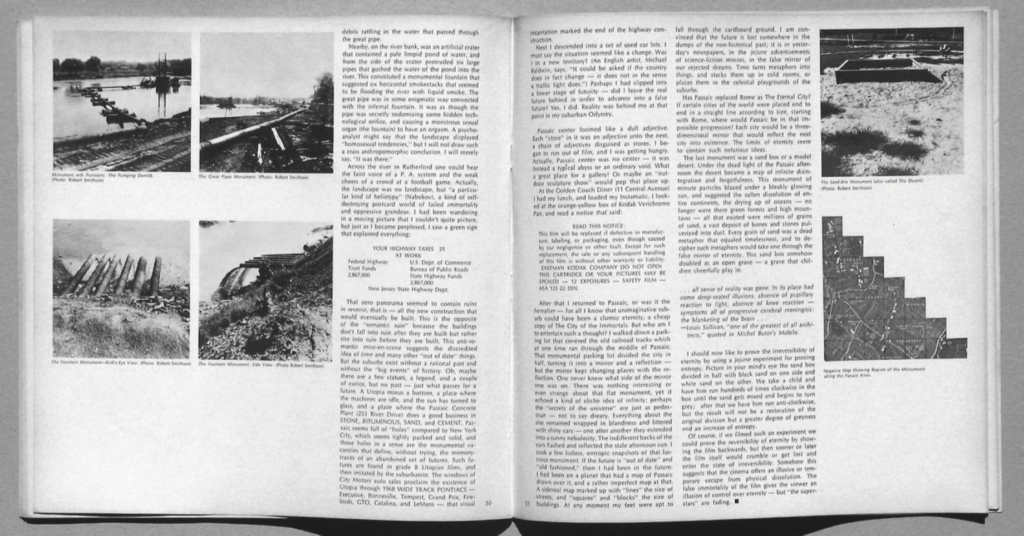
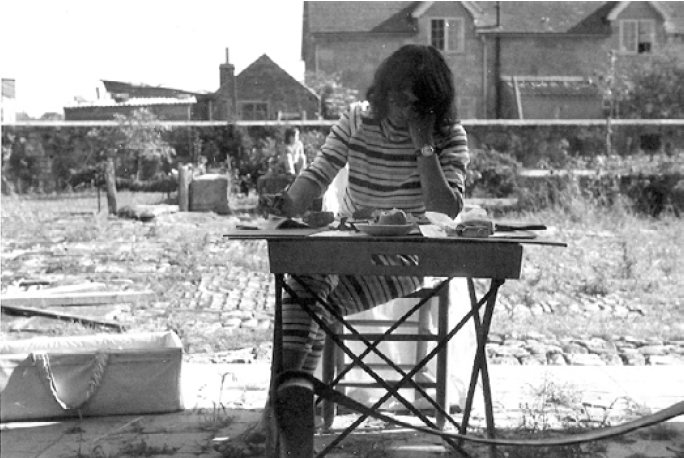
DESCRIPCIÓN
¿Cómo insertar un nuevo objeto arquitectónico en un contexto dado?
Apoyándonos en la idea de que la arquitectura es un conocimiento para leer y decodificar, como también una técnica para formalizar contextos, el taller abordará la pregunta de cómo insertar un nuevo objeto arquitectónico en un contexto dado.
El foco del taller estará puesto en el aprendizaje de herramientas que servirán a los estudiantes a comprender y formalizar contextos, tanto físicos como culturales. Asimismo, los estudiantes ejercitarán con operaciones proyectuales –recoger, voltear y poner—las cuales servirán para manipular y transformar un objeto arquitectónico dado, explorando sus distintas formas de interacción con su contexto.
El taller se organiza en tres unidades, cada una asociada a un proyecto de escala diferente. Los proyectos será autónomos pero susceptibles de asociación. Así, mientras que en la primera unidad se trabajará con el levantamiento y el estudio de referencias tomadas de un contexto cultural acotado, las cuales serán manipuladas y apropiadas por los estudiantes para dar forma a una nueva realidad espacial, en la segunda unidad se ejercitará el trabajo de campo y la recolección de objetos encontrados. Finalmente, el material acumulado será trasladado y adaptado, para dar forma a un edificio de vivienda colectiva de pequeña escala en un sitio eriazo ubicado en el centro de Santiago.
How to insert a new architectural object into a given context?
Relying on the idea that architecture is a knowledge to read and decode and a technique to formalize contexts, the workshop will address how to insert a new architectural object in a given context.
The workshop’s focus will be on learning tools that will help students understand and formalize contexts, both physical and cultural. Likewise, students will practice with project operations -pick, flip and place- which will serve to manipulate and transform a given architectural object, exploring its different forms of interaction with its context.
The workshop is organized into three units, each associated with a different scale project. The projects will be autonomous but susceptible to an association. Thus, while the first unit will work with the survey and study of references taken from a limited cultural context, which the students will manipulate and appropriate to shape a new spatial reality, the second unit will exercise fieldwork and the collection of found objects. Finally, the accumulated material will transform and shape a small-scale collective housing building in a vacant site located in downtown Santiago.




































